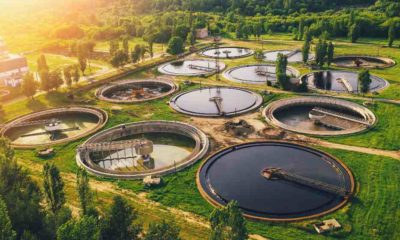Bernard said she wasn't anticipating the burden of Ida's lasting effects, and in an effort to be honest, marked “no” on the FEMA application when asked if she was in immediate need.
But as power outages lingered, Bernard was forced to run her generator to power her home, especially because her son, who has asthma, sometimes needs a nebulizer, particularly in hot weather.
Costs added up. Her generator failed and she was forced to replace it.
“Due to the difficulty of finding available gas, we chose to ration the fuel we had,” she said.
In a phone call to a FEMA disaster assistance hotline, a representative told her she couldn't amend her application, and that she should visit a local food bank for assistance.
A Sept. 14 tweet from FEMA read, in part, “if you are not eligible, this program does not have an appeal process.”
When asked to confirm whether an application marked ineligible can be appealed, FEMA Public Affairs Director Jaclyn Rothenberg said she stood by the agency's tweet.
Rothenberg said there had been more than 640,000 applications in Louisiana in connection with Ida, and 65% had received critical needs assistance funding.
“Most people are getting the funds they apply for,” she said.
In the Louisiana parish of Tangipahoa, Parish President Robby Miller said he applied for the $500 promoted by Biden in the wake of Ida, like many others there. He said on Sept. 15 that he still hadn't received it, and wasn't alone.
“I've only heard of a handful that have gotten it,” he said.
Miller added that the process of applying for the various forms of aid offered by FEMA confounded him and other parish residents.
“I would say that the messaging and the communication of what is actually available to our citizens, when it will be available, has been rather confusing,” he said.
Danielle Craig, 45, lives in Hammond, on the border of Tangipahoa and Livingston parishes, and was among those displaced by Ida. She and her husband fled their home for nearly two weeks. She said the damage to her community was “unlike anything I have ever seen.”
The widespread destruction in Hammond included roofs ripped from buildings and downed trees lining the streets.
Craig's husband is diabetic, and needed refrigeration for his insulin, so they stayed with friends for nearly two weeks — wherever they could find electricity.
Water leaked into their damaged home, then black mold began to line the walls and ceilings.
Craig said she tried to apply online for aid from FEMA, but couldn't confirm her address in its system. When she called, she said a representative told her their home would need to be inspected first. Nobody has shown up, Craig said.
And while she was told she'd receive the $500 promised by Biden, the money hasn't appeared. After hours on hold, a FEMA representative told her to be patient.
FEMA officials have committed to an equitable process in terms of the allocation of federal aid, and have encouraged applicants who were not offered critical needs assistance to explore other options, including individual assistance.
Rothenberg said FEMA is “improving access to disaster assistance for underserved communities,” including by expanding the criteria for applicants to show they have expenses related to their homes.
Rep. Troy Carter, D-La., announced Sept. 10 that FEMA had granted a 10-day extension to the original deadline to apply for assistance after, his spokesperson said, constituents reported difficulty accessing aid due to long hold times on FEMA phone lines. The new deadline to apply for Critical Needs Assistance is Sept. 22.
But despite the extension, some, like Craig, are still waiting for aid they say they urgently need.
“You can only be so patient after weeks of damage and nobody's done anything,” she said.
You Might Also Like:
Keep up to date with the breaking news by following us on Facebook and Instagram.
Article Source: abcNEWS













